Charming Getaway on the Coast of Galicia: Camiño dos Faros (Lighthouses Route)
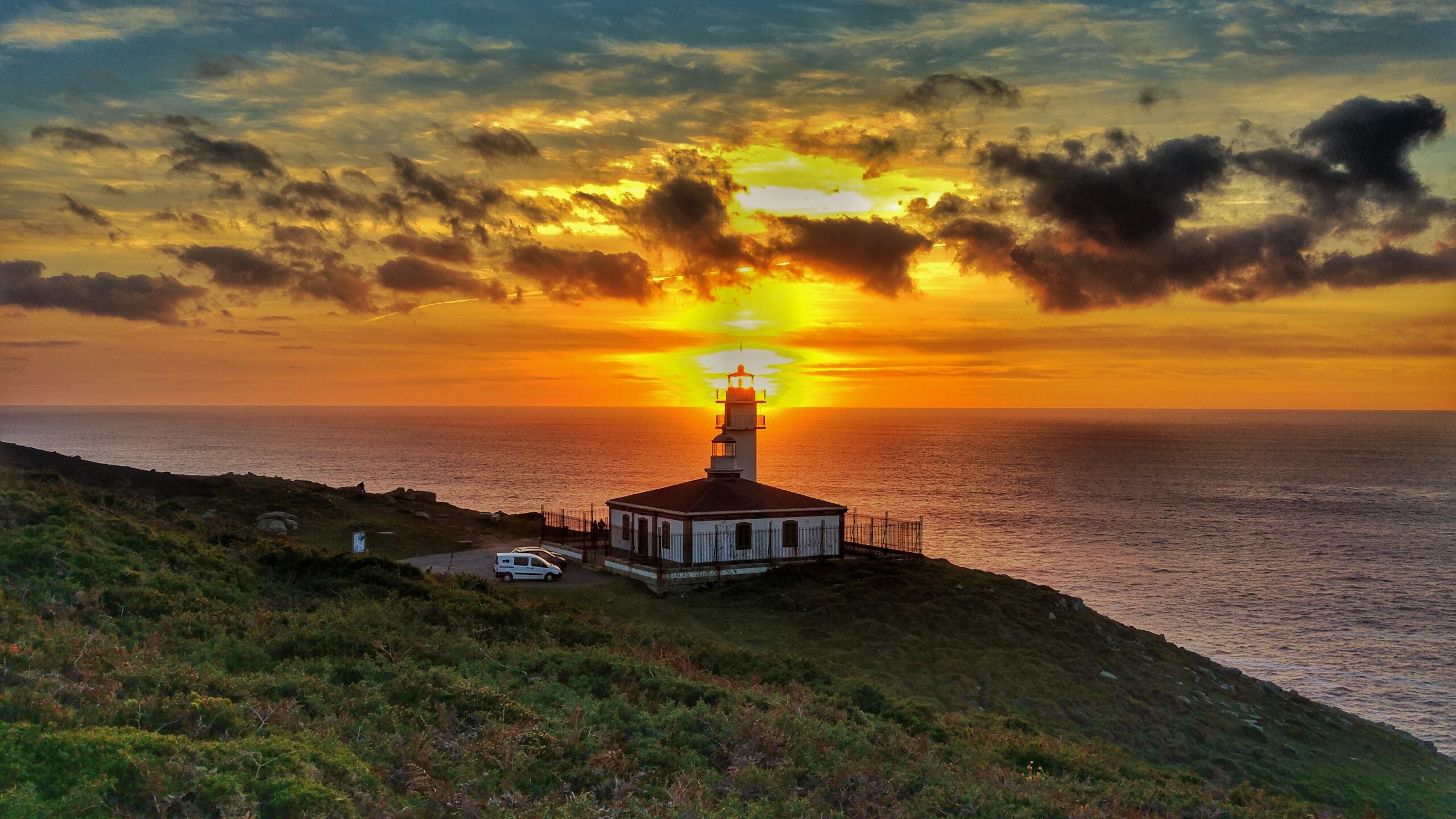
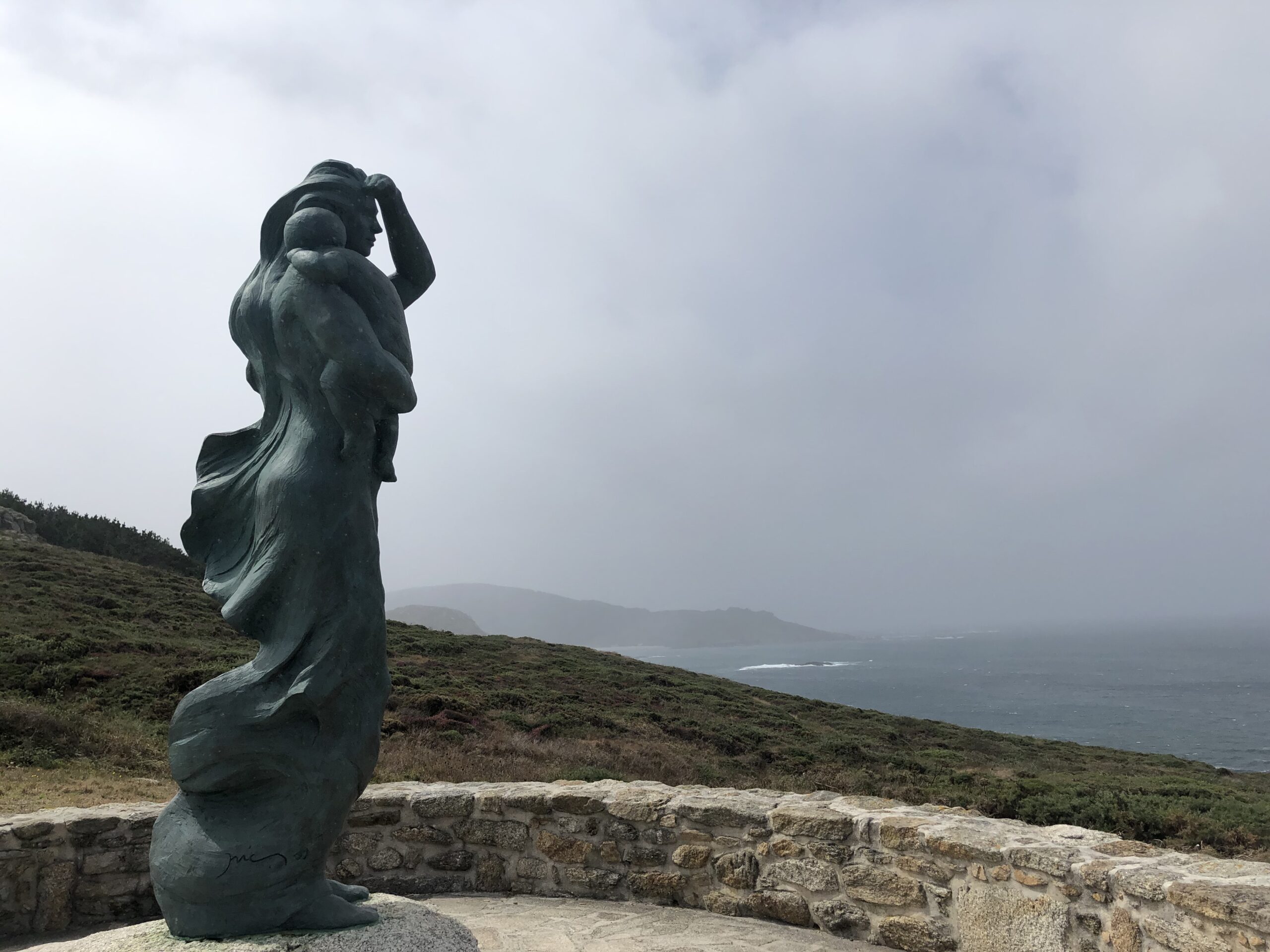
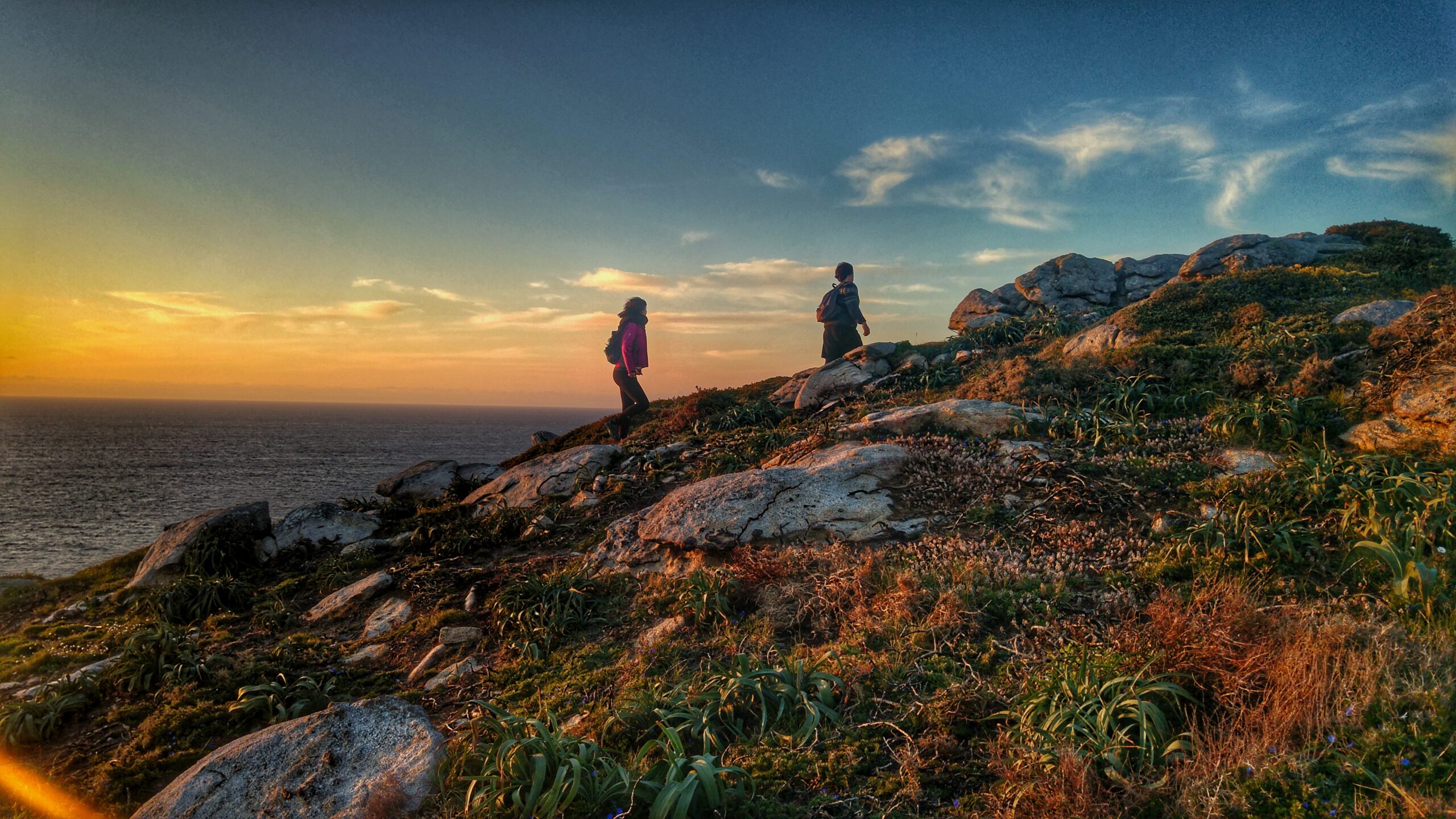
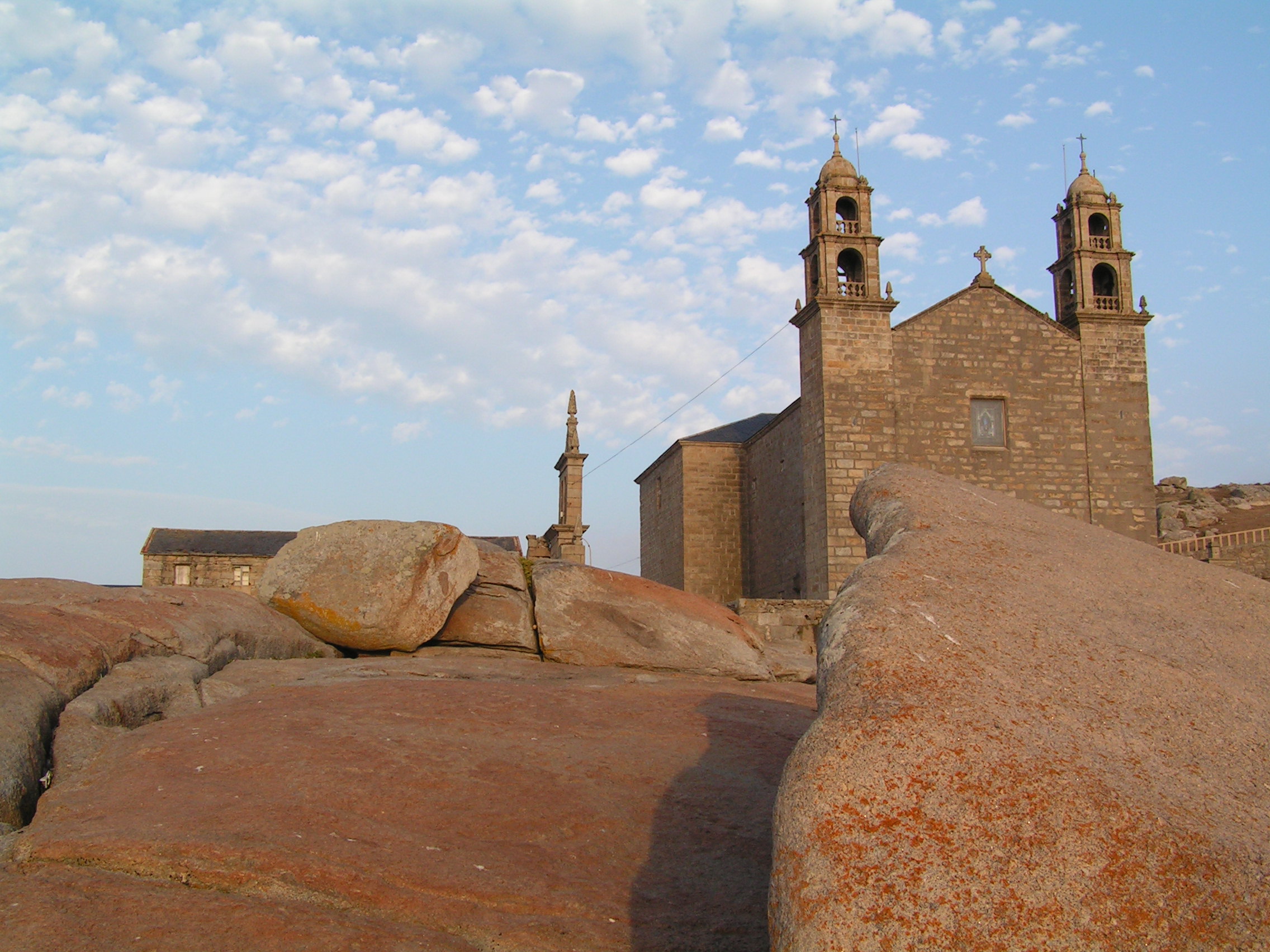
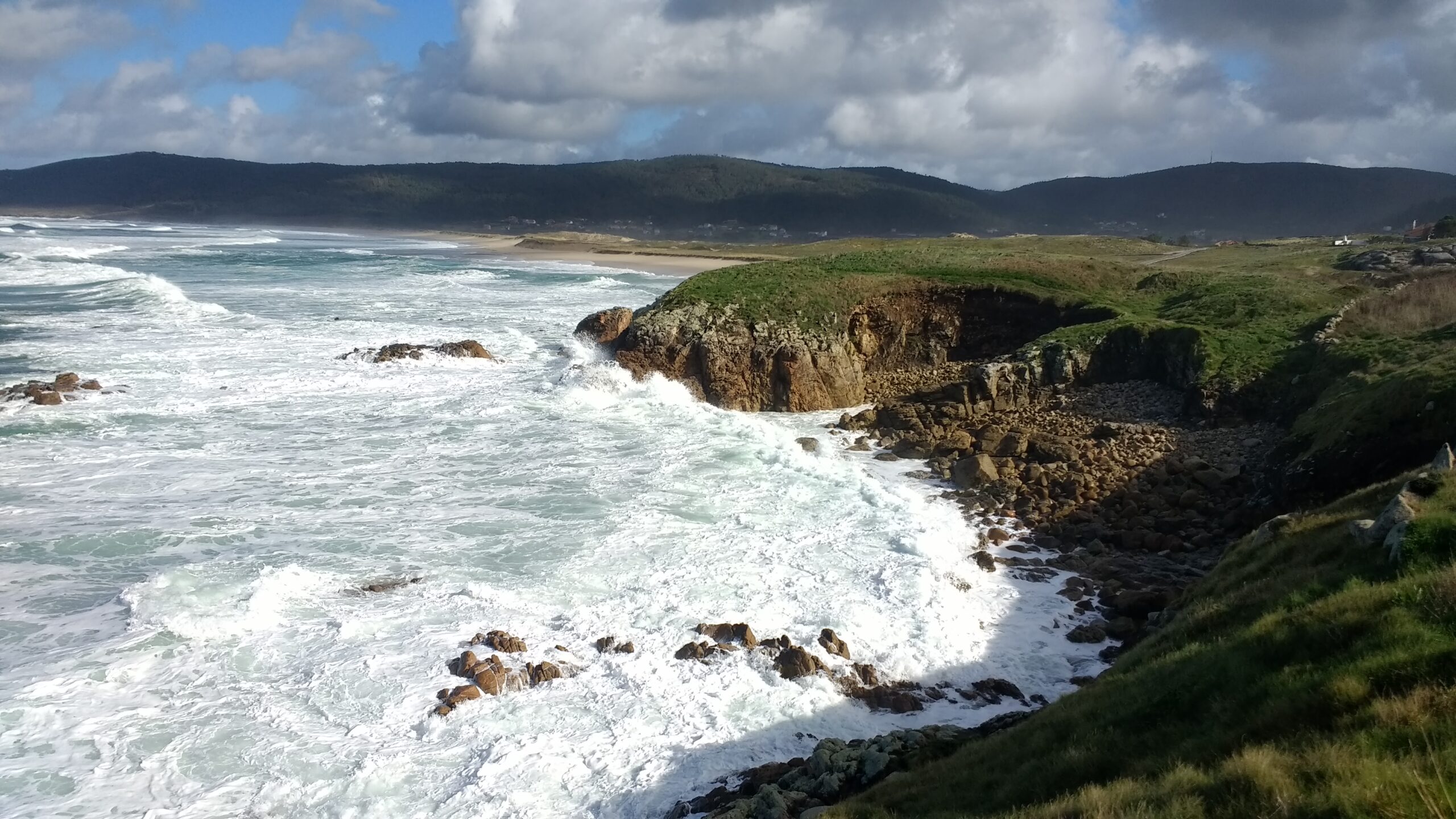
Discovering the essence of the coast of Galicia in a sustainable way is the focus of this tourism product. A unique experience exploring the best of Galicia: Costa da Morte. Despite its name, it’s bursting with life. Creating memories as you walk, protecting a unique maritime-terrestrial ecosystem while surrounding yourself with marvellous people who are the true light of the sea of each fishing village is what this hiking route has to offer.
DAY 1 ACCOMMODATION IN A CORUÑA OR SANTIAGO DE COMPOSTELA AT HOTEL HERRADURA
You’ll take your first steps in A Coruña, or Santiago de Compostela. These two charming cities will welcome you with open arms. A Coruña, the city of the sea, is perfect for feeling how its salty breeze caresses your face. You’ll walk along its promenade, the longest in Europe, and finish at the gateway to the Atlantic, where you can admire beautiful sunsets. You can also see the stars from its Planetarium, embrace life in its Domus Museum, or discover the ocean in its Aquarium Finisterrae. But its historical heritage will amaze you with its narrow streets, pretty squares and parks dedicated to important figures of the city, such as the square of María Pita, the Galician heroine who fought against the English invasion, or the famous Tower of Hercules, international symbol and the oldest working lighthouse in the world.
However, if you choose to start in Santiago de Compostela, this is bound to be an unforgettable experience. You can stroll through its green parks, always with the best views of the city and the cathedral, or get caught up in the excitement and energy of the pilgrims when they arrive at the cathedral, and also visit its beautiful roof. You can walk through the old town, after taking a beautiful souvenir photo in the Obradoiro square. There are many charming corners, such as the Creativas Galegas market, a collective of crafters and artists who’ll introduce you to their work and show you unique handmade pieces and their most closely guarded secret.
DAY 2 LAXE – AROU STAGE→ 18 KM / 4-5 H ACCOMMODATION AT PLAYA DE LAXE / A TORRE DE LAXE / VIDA MAR DE LAXE
We’ll transport you from A Coruña, or Santiago de Compostela, to A Laxe on the impressive Costa da Morte, belonging to the Nature 2000 Network. Its history and the legacy of its people will be a reminder to enjoy life and the little things, such as touching the sea with your fingertips and walking across fine sandy beaches. You’ll leave this fishing village, briefly climbing before descending again to the natural landscape of Traba, with its immense dunes and crystal-clear lagoons. You can remember this moment, without spoiling the scenery, conserving it, walking along the promenade. You’ll keep on walking along a path that takes you to Camelle. In this small port you’ll get to know the story of Manfred Gnädinger, better known as Man, a German who arrived in Camelle in the sixties and decided to settle on the coast. He gradually started creating his work on the shore until he passed away in 2002. Today people can visit his original open-air museum: Museum of Man. A few kilometres further you’ll reach the picturesque village of Arou to feel its sea, beach and Viking past.
We’ll take you to Laxe, where you’ll spend the night. You can visit the Laxe lighthouse, which tentatively rises up against the raging sea. Nearby you can discover the charming story of A Espera, a sculpture of a figure waiting for loved ones to return. Laxe will surprise you with its fish market, the economic hub of the fishing village; the mediaeval church of Santa María da Atalaia and the Cruz do Navegante, where the beautiful village gives you a beautiful panoramic view that you really must see.
DAY 3 AROU – CAMARIÑAS STAGE → 22 KM / 5-6 HR. ACCOMMODATION AT PUERTO ARNELA / PLAYA DE CAMARIÑAS
We’ll accompany you from Laxe to Arou so you can head off to your destination. From Arou, flanking the coast, you’ll reach the port of Santa Mariña, one of the biggest on the Costa da Morte. You’ll discover the famous Monte Branco dune. Tears will come to your eyes in the English Cemetery, a memorial to the shipwrecking of HMS Serpent. A historical legacy still etched in the souls of the people, who even today continue to mourn the loss of its crew. It’s a place of interest on the European Cemeteries Route, recognised as a European Cultural Route like the Camino de Santiago. From this spot, in the distance you’ll soon see the impressive outline of Cabo Vilán and its enormous white lighthouse, rising up among its cliffs and confronting the sea. In 1933, it became Spain’s first electric lighthouse, providing light to the local people. After passing the cape you’ll shortly reach Camariñas. This village is named after a plant species endemic to this Natura 2000 site, the caramiña (Portuguese crowberry).
You’ll discover one of Galicia’s most important tangible and intangible cultural heritages of this beautiful fishing village, passed on from generation to generation: Encaixe de Camariñas (bobbin lace), a centuries-old art and the best-kept secret of this town. We recommend that after learning about this craft you take a guided tour around the port accompanied by one of the women shellfish gatherers of this town, so you can discover the seafaring life on the Costa da Morte and pay tribute to the work behind the strong women of the area, the true light of the sea.
DAY 4 CAMARIÑAS – MUXÍA STAGE→ 29 KM / 6-7 HR. ACCOMMODATION AT A DE LOLO / A DE LOLO FOUR ROOMS / BELA MUXÍA
You’ll choose whether to walk the complete 29-km stage or shorten it to 19 km, using transport to skip the first 10 km. Along the stage on foot you’ll see wonderful views of the Ria de Camariñas and its beaches, Leis and Lago. You can take magnificent photos that will make you want to go back and remember its sunsets over clear waters. You will gradually make your way into the ria until you reach the famous village of Muxía, a stunning fishing village marked by its worship of the rocks, sea and its links to the Virgin Mary and St James the Apostle.
Once in the centre of the town, you can walk to the famous shrine on the seafront – the shrine of the Virxe da Barca. It’s a 12th-century chapel that gradually gained importance in the Camino de Santiago. This is the spot where, according to legend, the Virgin Mary arrived by boat and spoke with St James the Apostle. September marks its famous romeria, a religious festival bringing together thousands of worshippers joined by their love for their divinity. Next to the shrine, you can find the sculpture ‘A Ferida’ by Alberto Bañuelos, which recognises the work of the volunteers and the local villagers who cleaned the beaches of Galicia in the wake of the sinking of the Prestige oil tanker that dyed the entire coast black in 2002, causing a huge environmental impact in Galician waters. Undoubtedly a monument with a clear message that history should not be repeated. Close to the complex of the shrine is the scenic viewpoint of Monte do Corpiño, which offers beautiful views of this fishing village. To get even more out of your trip, we suggest a visit to one of the longest hórreos in Galicia with its 22 pairs of feet – the Hórreo de San Martiño de Ozón; and to the lace-making centre, where bobbin lace is still made traditionally. To discover the charm of this seafaring village you mustn’t leave without visiting the traditional conger eel drying racks.
DAY 5 RÚA – MUXÍA – LIRES STAGE → 28 KM / 6-7 HR. ACCOMMODATION IN AS EIRAS
You’ll leave Muxía through its long beach and tentatively start to ascend while enjoying spectacular views, where, if lucky, you can see the blue of the sea merge with the sky and the green patches of the cliffs bathed in the yellow of the sun. You’ll walk to Cabo Touriñán, where the last ray of sunshine, which bathes continental Europe, disappears here at the end of summer. You’ll feel the white sand beneath your feet and the crystalline water of the beach of Nemiña. Crossing it with all your senses engaged, you’ll reach the little town of Lires.
If you don’t want to walk to Cabo Touriñán you can cut 5 km off the trip. You’ll have the chance to visit the parish church of Lires and the Pazo de Cotón manor house. You can enjoy a beautiful sunset on the wide Nemiña beach.
DAY 6 LIRES – CABO FISTERRA STAGE → 22 KM / 4-5 HR. ACCOMMODATION AT BELA FISTERRA / O SEMÁFORO
You’ll leave behind the Ria de Lires and reach the O Rostro beach. Then you’ll continue through the countryside that takes you to the port of Fisterra. From the port you’ll go up to Cabo Fisterra, where you can enjoy an incredible sunset and breathtaking panoramic views. Fisterra is a toponym conserved in our language that dates back to Roman times, as this is where the Romans discovered the End of the World. There, next to its lighthouse, built in 1853 to help ships approaching the Galician coast, you’ll feel you can cope with everything and that your feet are witnesses that you’ve discovered magical places and met big-hearted people. This is the same excitement felt by the pilgrim who reaches the end of the Camino.
At Fisterra you can visit the fish market, where you can watch the auctioning of fish freshly landed in the port; the castle of San Carlos, built in the 18th century for naval defence and today housing the Museum of the Sea; the church of Nosa Señora das Areas, location of the Santo da Barba Dourada, a figure of Christ whose hair and beard grow, according to urban legends; the chapel of O Bo Suceso, the Immigrant’s Monument and the Cemetery at the End of the World. You can discover endless beaches, including the outstanding Langosteira beach with its 3 kilometres of white sand and sheltered waters. Fisterra is a good spot to try seafood freshly caught from the waters of the Atlantic Ocean.
DAY 7 AFTER BREAKFAST, CHECK-OUT AND END OF OUR SERVICES
€550 per person in double room | €865 per person in single room | €440 per person in triple room | Included in price: 6 nights’ accommodation in charming hotels | 6 breakfasts | Transfer of luggage between stages (1 piece of luggage – max. 20 kg) |Transfers as specified in the programme | Full documentation and travel log booklet| 24-hour emergency telephone assistance | Travel insurance (basic) | VAT | Not included in price: Guided tours: check price | Other services not included in the section ‘Included in price’



